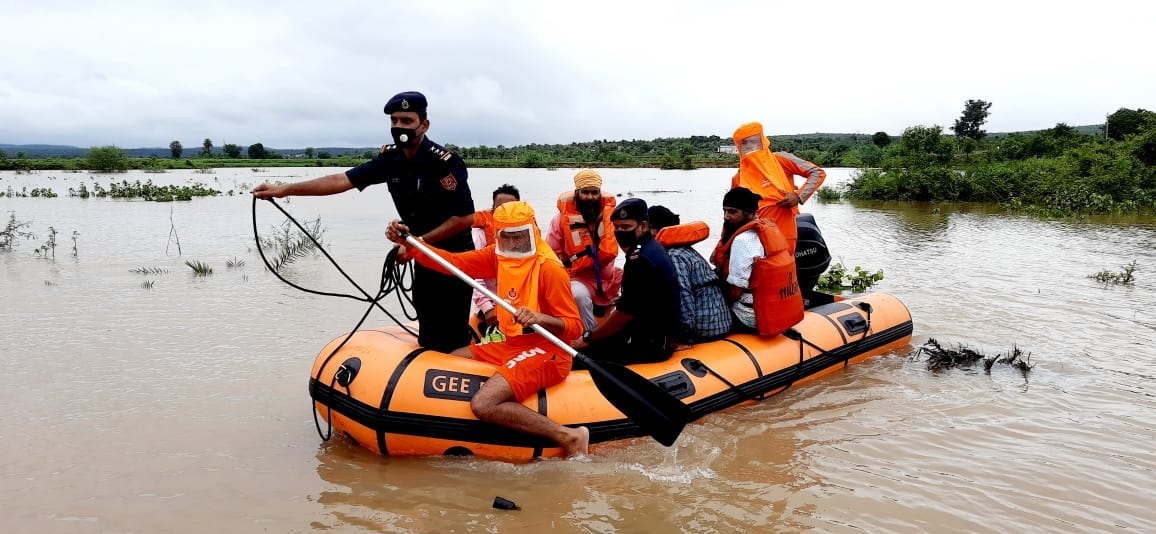
14 Indian states among top 100 facing climate risk

The majority of India’s significant states, including economic powerhouses like Maharashtra and Tamil Nadu, as well as densely populated states like Uttar Pradesh and Bihar, have been included in the list of top 100 states facing climate risk in the built environment.
According to a recent climate risk analysis, the most significant risk of damage in India comes from flooding in 14 states, which is equivalent to the size of mid-size or small countries such as Pakistan, the UK, or Venezuela.
These states are home to around one billion people, which amounts to one in every eight people globally. Moreover, China, the US, and India have a combined share of over 50% in the list of the top 100 states facing climate risk.
Also Read: NGT calls for study on Mussoorie in light of the Joshimath disaster
The report has analysed eight distinct climate-related risks, and flooding is only one of them. The list of hazards includes riverine and surface flooding, which pose the most significant threat to the built environment worldwide, along with coastal flooding, extreme heat, forest fires, drought-related soil movement, extreme wind, and freeze-thaw.
India stands out in the global heatmap because most of its territory is at risk, which is a rare occurrence for most countries. According to the report’s authors, India has the second-largest number of states in the top 100 states facing aggregated damage by 2050, right after China.
The states that are most vulnerable to climate change have common features, such as a large area of built infrastructure, cities, and towns that are significantly exposed to extreme weather and climate change risks, particularly riverine and surface flooding.
The 14 Indian states that are ranked among the top 100 in the world for damage risk all have flooding as their primary hazard. These states include Bihar, Uttar Pradesh, Assam, Rajasthan, Tamil Nadu, Maharashtra, Gujarat, Punjab, Kerala, Madhya Pradesh, West Bengal, Haryana, Karnataka, and Andhra Pradesh.
Also Read: For Hindenburg Research, Adani Group is a man-made disaster in the making
It’s important to note that the report solely focuses on the built environment and does not factor in climate risks related to agricultural production, biodiversity, or human well-being. Therefore, the report’s analysis does not undermine these hazards’ significance. Furthermore, it doesn’t account for the extreme temperatures, which many Indian cities are currently experiencing, such as Leh, Shimla, and Mumbai, in mid-February.
According to XDI’s CEO Rohan Hamden, this report represents the most advanced analysis of physical climate risk to date. For the first time, he says, financial institutions can compare cities such as Mumbai, New York, and Berlin using a consistent methodology.
The system uses global climate models in conjunction with local weather and environmental data, as well as engineering archetypes, to determine the damage to the built environment under a scenario in which global warming reaches 3 degrees Celsius above pre-industrial levels by the end of the century.


